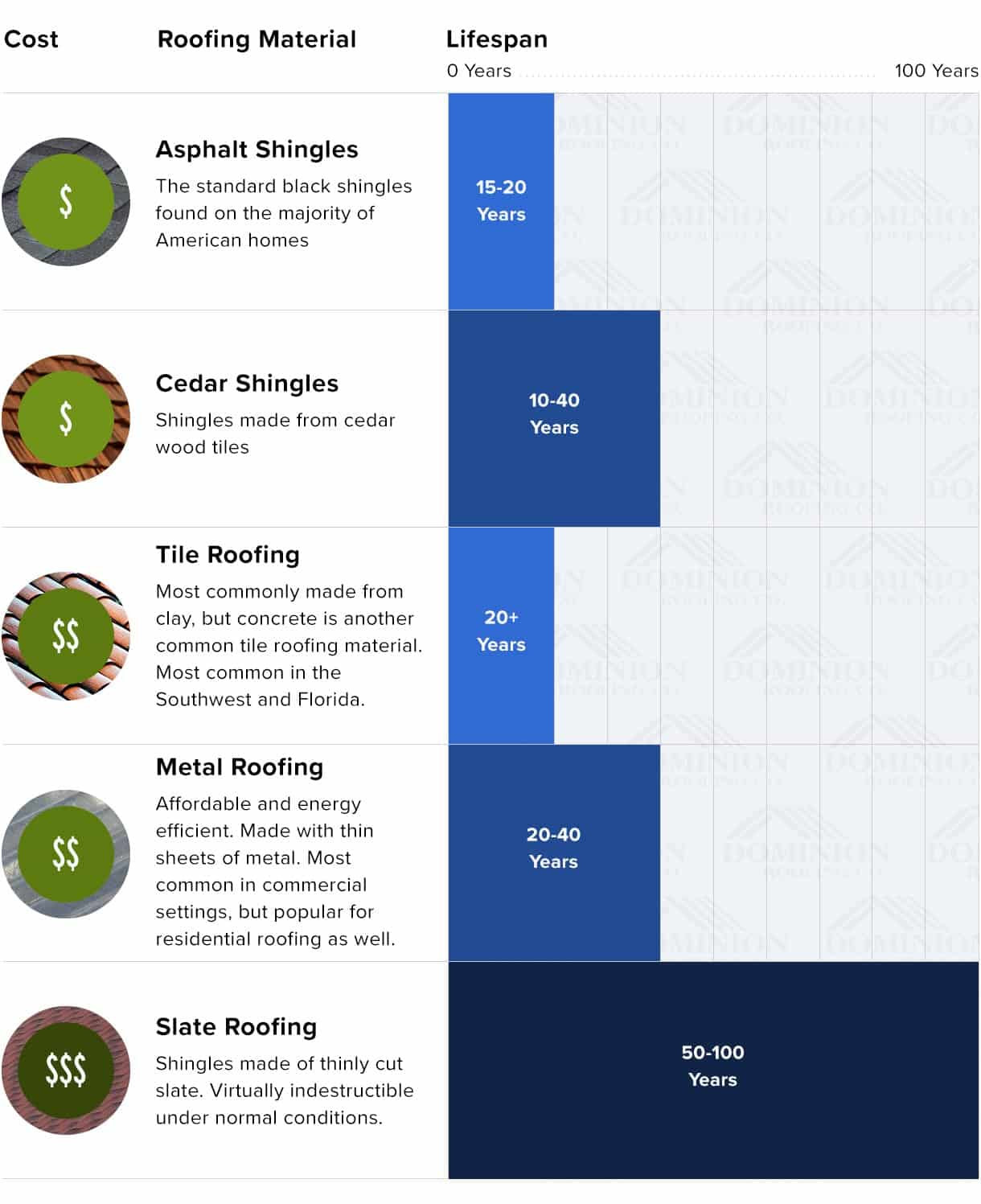The Payment Of Roofing System Air Flow To A Successful Installation Process
The Payment Of Roofing System Air Flow To A Successful Installation Process
Blog Article
Writer-Gundersen Ploug
When you're taking on a roof covering project, you could not assume much regarding roofing ventilation, however it's more vital than you understand. Effective ventilation helps manage temperature and wetness in your attic room, stopping problems like mold and mildew and structural damage. By understanding exactly how to design and mount a well balanced ventilation system, you can improve power effectiveness and lengthen the lifespan of your roofing materials. So, what are the key elements to consider throughout installation that can make all the distinction?
Importance of Roof Ventilation
Roofing ventilation plays a critical duty in preserving the total health and wellness of your home. By enabling fresh air to distribute with your attic room, it helps manage temperature and moisture degrees. This equilibrium is essential to protect against heat buildup throughout warm months, which can lead to increased power prices as your air conditioning burns the midnight oil.
Moreover, correct ventilation dramatically reduces the risk of moisture-related concerns like mold and mildew. If moisture levels rise, your home's structural stability can be endangered, causing pricey fixings. You wouldn't want to take care of decaying wood or warped roof covering materials, right?
Furthermore, Related Site extends the lifespan of your roofing system. When warmth and dampness are kept in check, your roof covering can carry out optimally, avoiding early deterioration. This suggests fewer frustrations and expenditures down the line.
How Roof Covering Ventilation Works
Efficient roofing ventilation relies upon the all-natural movement of air to develop an equilibrium between intake and exhaust. When you set up vents, you're essentially allowing fresh air to enter your attic room while making it possible for hot, stale air to escape. This procedure assists control temperature and moisture levels, protecting against issues like mold and mildew development and roofing system damages.
Intake vents, commonly discovered at the eaves, attract cool air from outdoors. On the other hand, exhaust vents, situated near the ridge of the roofing system, allow hot air surge and leave. The difference in temperature level creates an all-natural air flow, referred to as the pile impact. As warm air increases, it produces a vacuum that pulls in cooler air from the reduced vents.
To enhance this system, you need to make sure that the consumption and exhaust vents are effectively sized and positioned. If the consumption is restricted, you won't accomplish the desired ventilation.
Similarly, inadequate exhaust can catch heat and dampness, leading to prospective damages.
Secret Setup Factors To Consider
When installing roof covering ventilation, numerous vital factors to consider can make or break your system's efficiency. First, you need to examine your roofing's layout. The pitch, shape, and materials all affect airflow and air flow option. See to it to choose vents that match your roof kind and neighborhood climate conditions.
Next, consider the positioning of your vents. Preferably, you'll want a well balanced system with consumption and exhaust vents placed for optimal airflow. Location intake vents short on the roofing and exhaust vents near the height to motivate an all-natural circulation of air. This configuration assists stop dampness accumulation and advertises power performance.
Do not ignore insulation. https://andrenhcwq.blog-eye.com/33354235/regular-mistakes-in-roof-installment-and-methods-for-prevention in your attic room avoids warm from escaping and maintains your home comfy. Ensure that insulation doesn't obstruct your vents, as this can prevent air movement.
Finally, think about maintenance. Choose air flow systems that are very easy to gain access to for cleansing and examination. Normal maintenance guarantees your system remains to operate efficiently gradually.
Conclusion
Finally, roof ventilation is necessary for a successful setup. By ensuring proper air movement, you can prevent heat build-up and moisture concerns that bring about expensive damage. When you tactically position intake and exhaust vents, you boost power efficiency and lengthen the lifespan of your roofing. Remember, a well-ventilated roof covering not just protects your financial investment yet additionally enhances your interior air quality. So, focus on air flow to make certain a durable and economical roofing system for your home.
